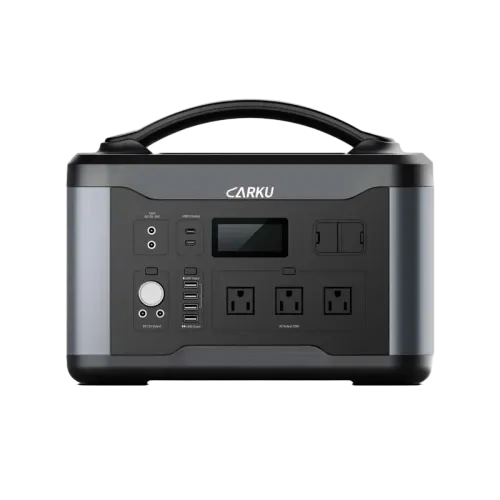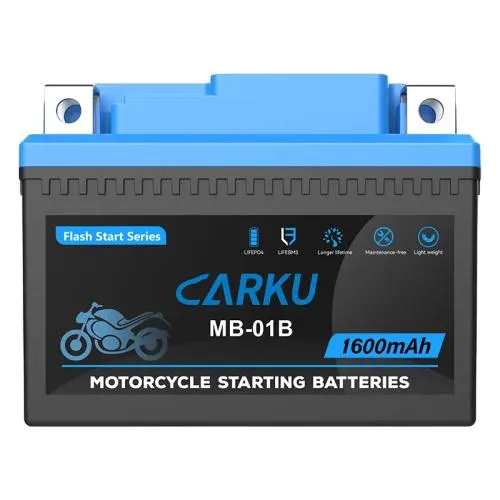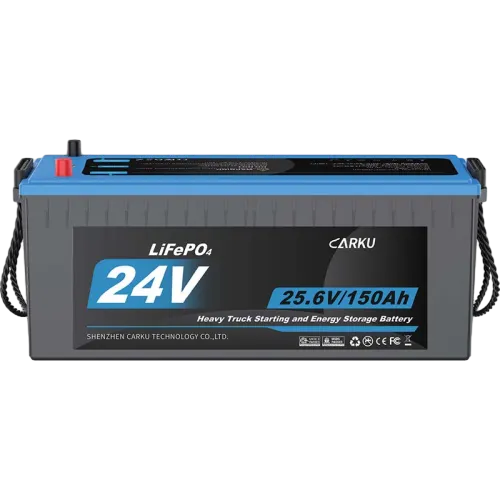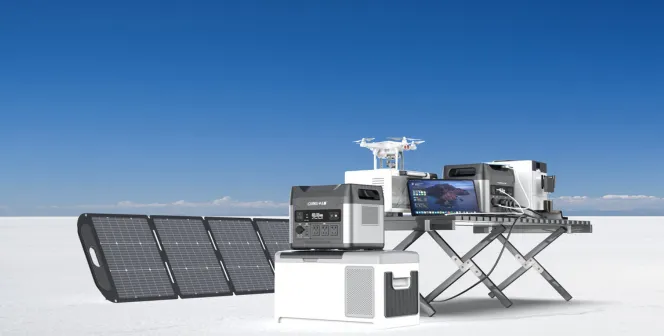Wondering if solar panels are worth the investment for your portable power station? Get answers on solar charging efficiency, eco-friendly power generation, and real-world performance. This guide is perfect for cross-country travelers, outdoor enthusiasts, and professionals needing reliable energy for camping, RVs, and remote work.
How Solar Panel Technology Converts Sunlight to Electricity?
Solar panels convert sunlight into electricity through photovoltaic cells made of silicon. When sunlight hits these cells, photons knock electrons loose from silicon atoms, creating an electrical current. This conversion rate is calculated by professional methods to measure efficiency.
What is the output power of a portable solar panel? The solar panel power output is:
-
Power (Watts) = Panel Wattage × Peak Sun Hours × Efficiency Rate
Conversion Efficiency:
-
Efficiency (%) = (Electrical Output / Solar Energy Input) × 100
Typical conversion efficiency by cell type:
-
1.Monocrystalline: 18-22%
-
2.Polycrystalline: 15-17%
-
3.Thin Film: 10-13%
These silicon-based photovoltaic cells serve as the key point of electrical generation in portable solar generators, transforming your portable solar panel into a reliable power source for portable power stations during outdoor activities.
3 Essential Solar Power Formulas For Portable Power Stations
Talk about the portable power station, the multiple ports and appopriate for charging solar panels is the cost-effective. Usually they’re called solar generators, the solar generators include portable solar panels and portale power station. And it’s equipped with a USB, DC, and AC outlets to power power banks.
一. Calculate rule is that peak sun hours in your location
Formula: Daily Energy = Rated Wattage × Peak Sun Hours(the different locations in California often is average 5.5 peak sun hours), like the 200W portable solar panel, the calculation is 200W × 5.5h = 1,100Wh per day. That means your 200w solar panel generates 1,100wh daily, enough to charge a 500wh portable power stationl twice.
二. Calculate rule is that how long it takes to fully charge your portable power station
Formula: Charging Time (hours) = Power Station Capacity (Wh) ÷ Solar Panel Output (W)
For example:
· Portable power station: 1,000Wh capacity
· Solar panel actual output: 160W
· Charging time: 1,000Wh ÷ 160W = 6.25 hours
So a 200W solar panel needs about 6-7 hours of good sunlight to fully charge a 1,000Wh portable power station.
三. Calculate daily runtime based on solar recharge
How long a portable power station lasts when continuously recharged by solar panels? Sustainable Runtime = (Daily Solar Generation ÷ Device Power Draw) × 24 hours
For example:
-
· Daily solar generation: 800Wh (from 200W panel)
-
· Device power draw: 50W (laptop + phone)
-
· Runtime: (800Wh ÷ 50W) × 24h = 16 hours of daily use
With a 200W portable solar panel, your portable power station can power a 50W device for 16 hours daily, making it ideal for extended camping trips.
Maximizing Solar Panel Efficiency: Setup and Positioning Tips
Before solar panels start powering your power stations, the setup process mainly involves connecting the panels properly through the input ports to ensure stable charging performance. Start by identifying the solar input port on your portable power station (usually labeled DC or Solar). Use the correct cable connector, most portable solar panels use MC4 connectors that attach to the power station's DC input adapter.
Always verify polarity: red cable connects to positive (+), black to negative (-). Reversed polarity can damage your portable power station. Finally, check that your solar panel's output doesn't exceed the power station's maximum solar input rating.
Once the setup connection is complete, proper positioning during operation significantly impacts efficiency:
1. Angle Adjustment: Face solar panels directly toward the sun at a 90° angle. Adjust tilt seasonally—lower angles (15-25°) in summer, steeper (45-60°) in winter. Optimal positioning can double your output compared to flat placement.
2. Avoid Shade: Even 10% shading reduces output by 50%. During work, check for shadows from trees or buildings every 1-2 hours and reposition as needed.
3. Temperature Management: High heat reduces efficiency by 10-25%. Allow airflow underneath panels by using kickstands instead of placing them flat on hot ground.
4. Keep Clean: Dust and dirt block sunlight. Wipe panels with a soft cloth before use to maintain 15-20% higher output.
5. Track Sun Movement: Reposition every 2-3 hours: face east in morning, south at noon (Northern Hemisphere), and west in afternoon.
6. Monitor Performance: Watch your portable power station's display for real-time solar input watts. This helps you identify positioning problems and optimize charging during changing weather conditions.
Solar Panel Compatibility and Performance FAQs
1.How Do Portable Solar Products Work?
It captures sunlight and turns it into usable electricity through silicon PV cells. The energy can directly charge your phone, laptop, or other small devices, or be connected to a solar-charging power station to store energy for later use, giving you clean power anywhere, anytime.
2.Will a 200w portable solar panel run a 60W fridge?
200 W panel × 5 peak hours ≈ 1,000 Wh; net usable ≈ 700–800 Wh/day (≈20% system losses). Suitable for a 60 W fridge when paired with sufficient battery/storage for overnight and compressor surge support.

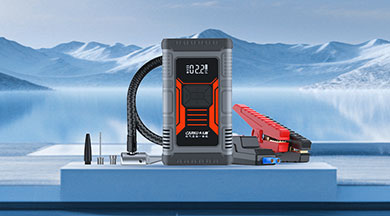
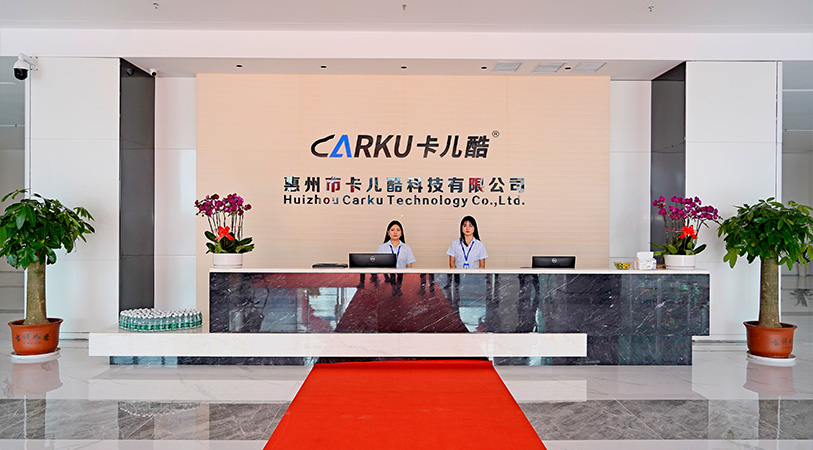





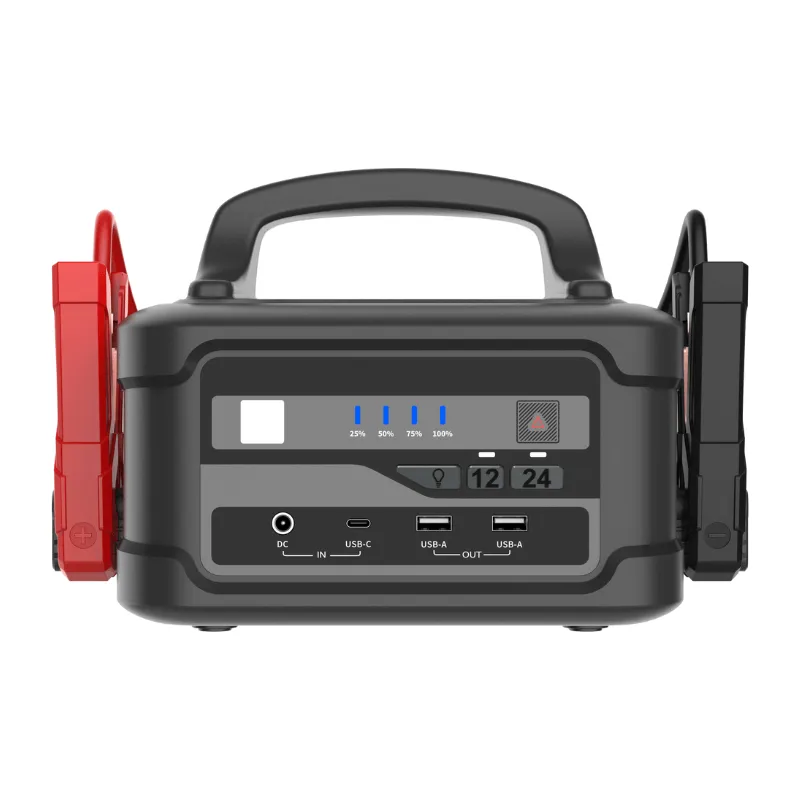
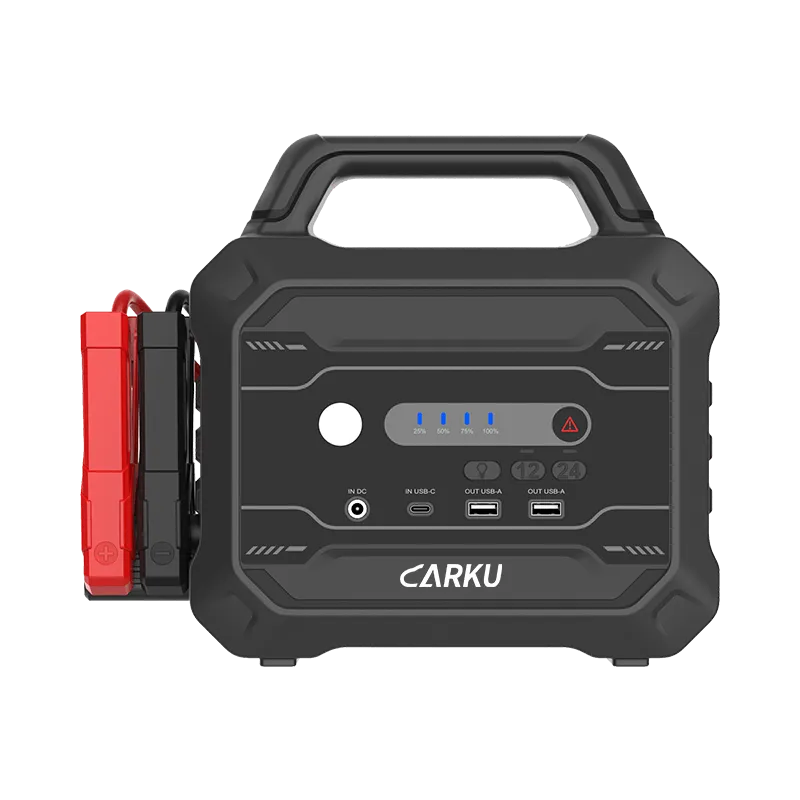
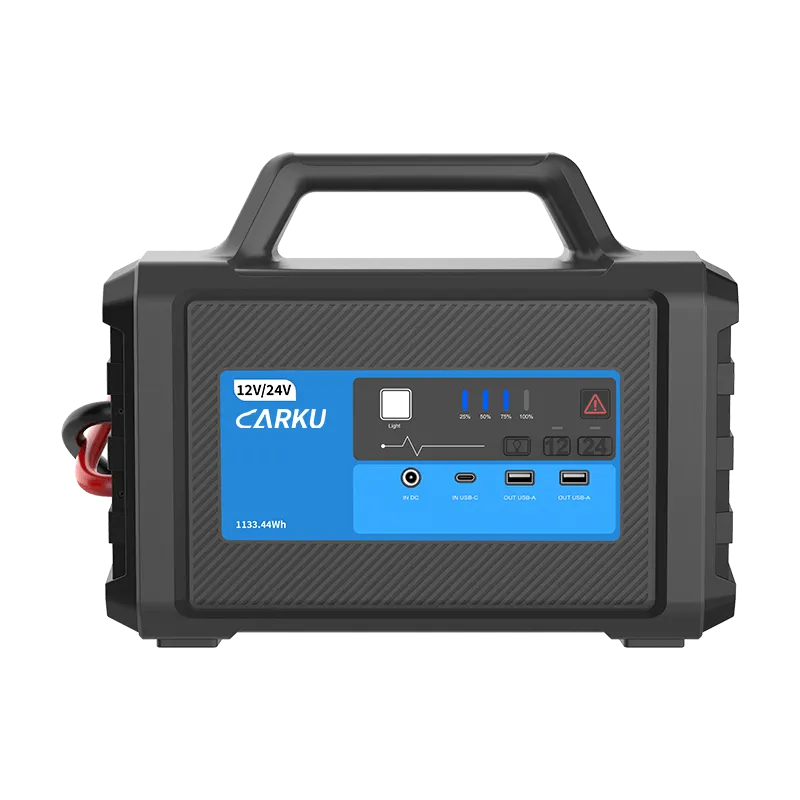
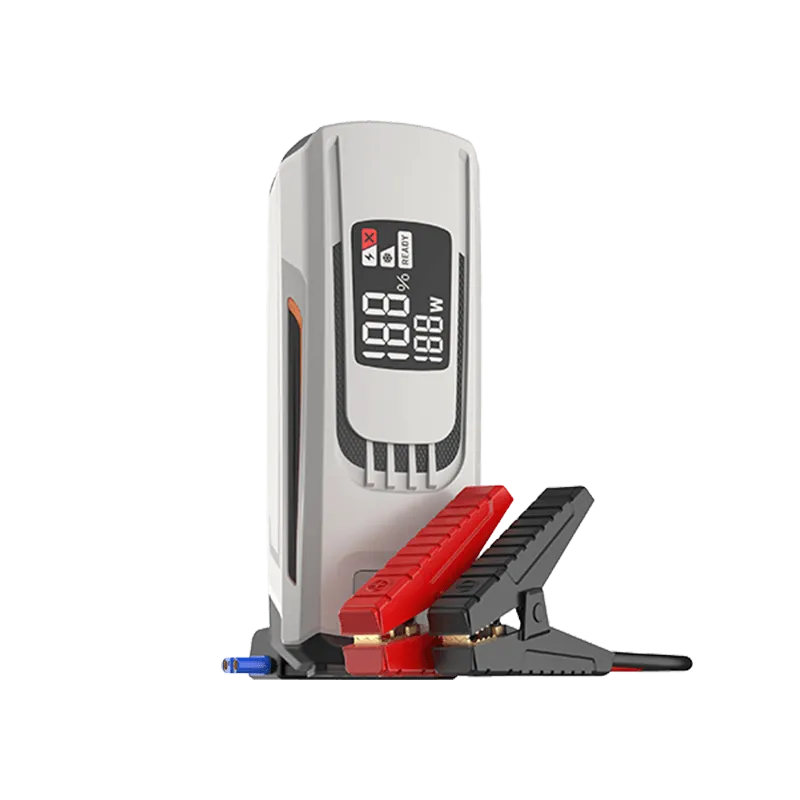
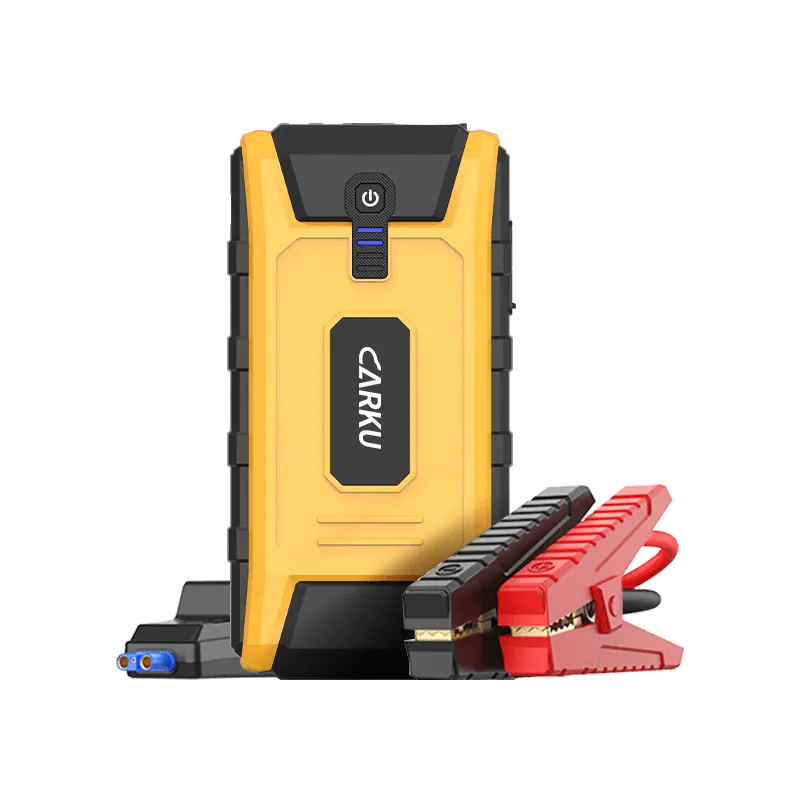
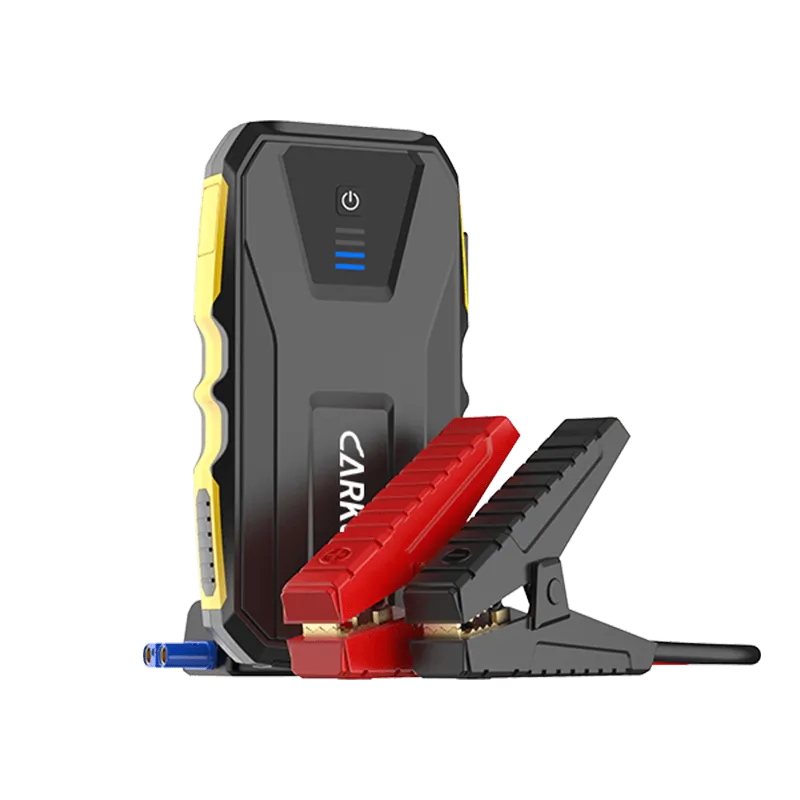
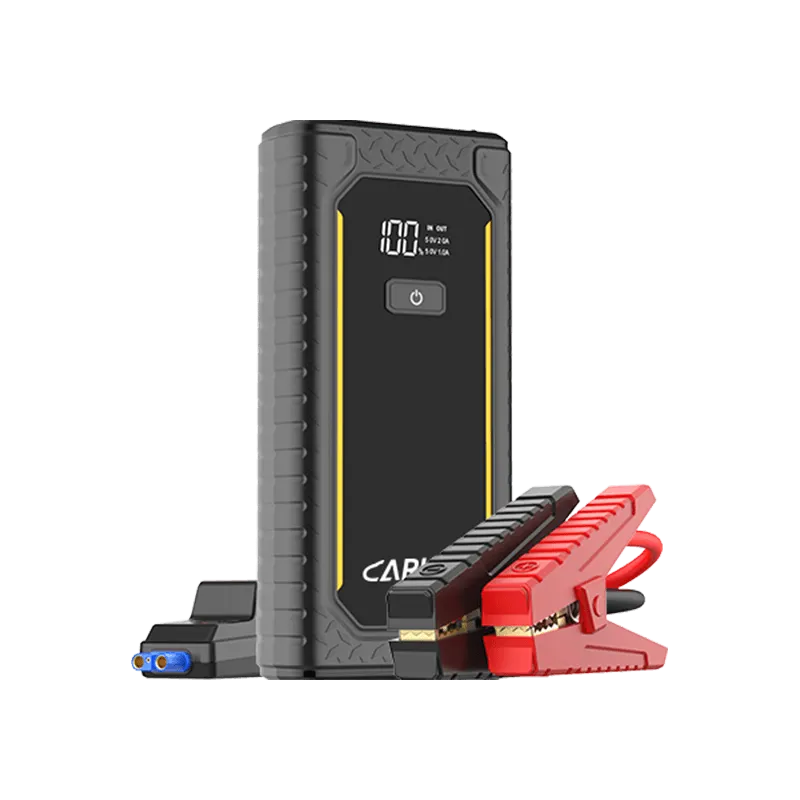
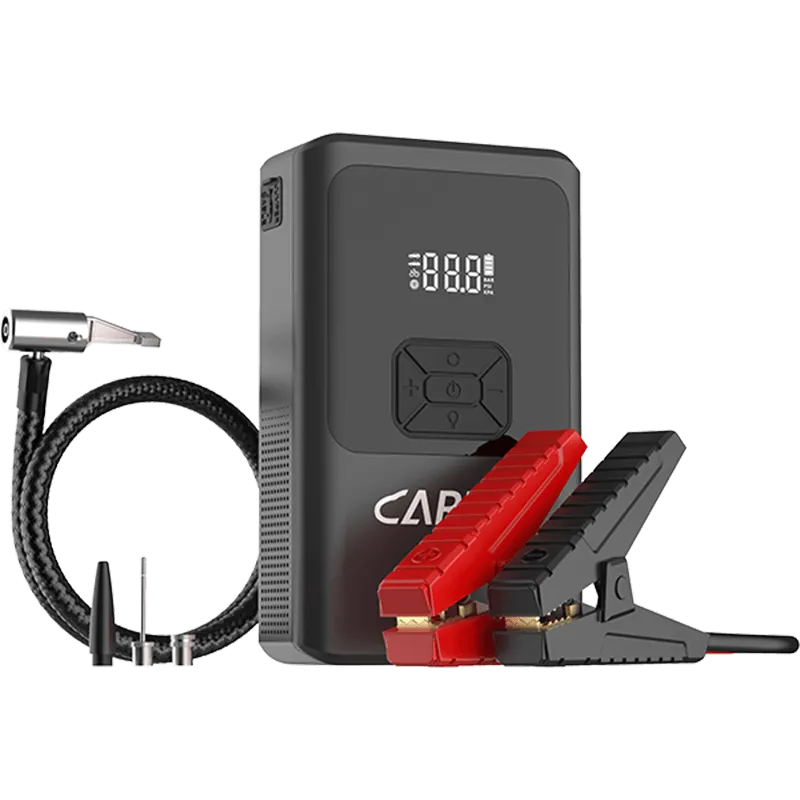
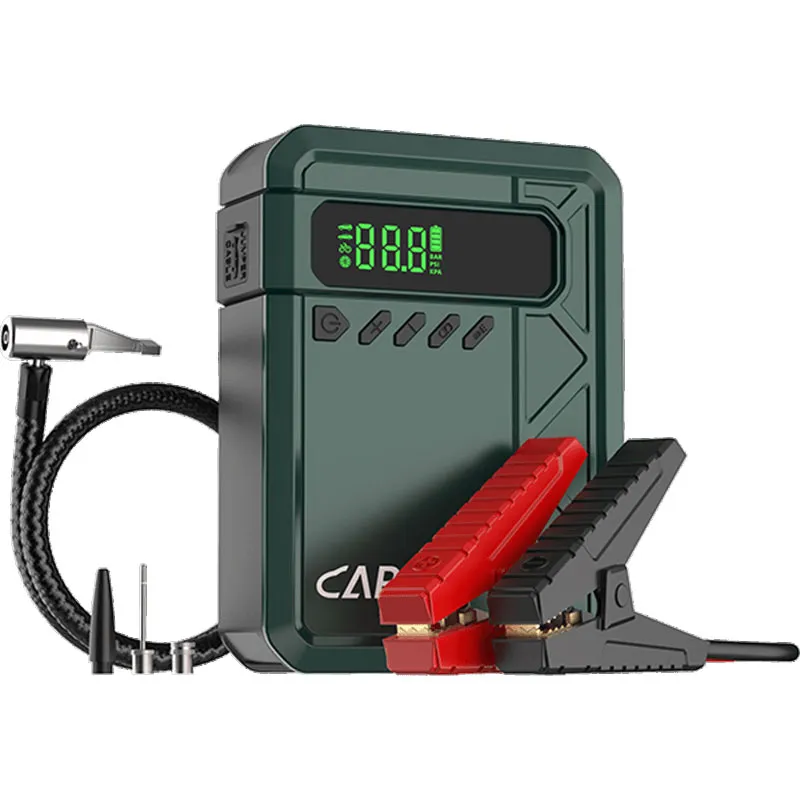
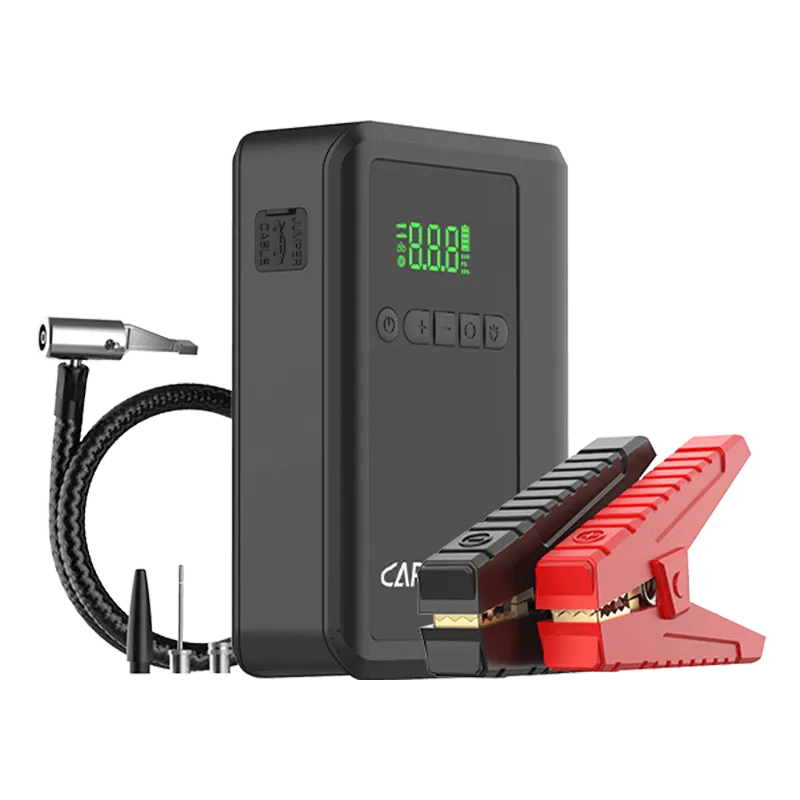
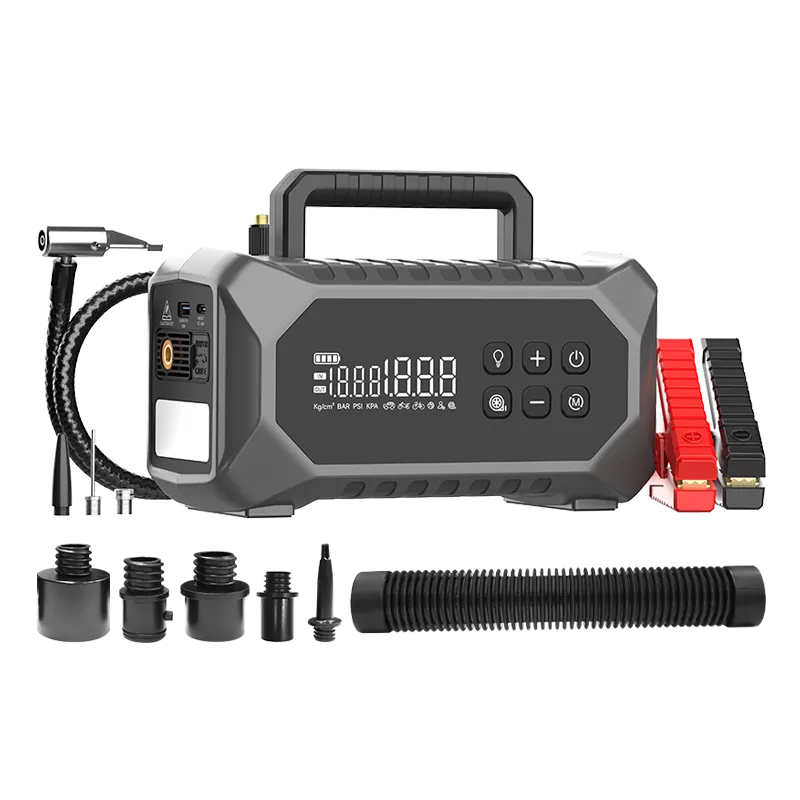
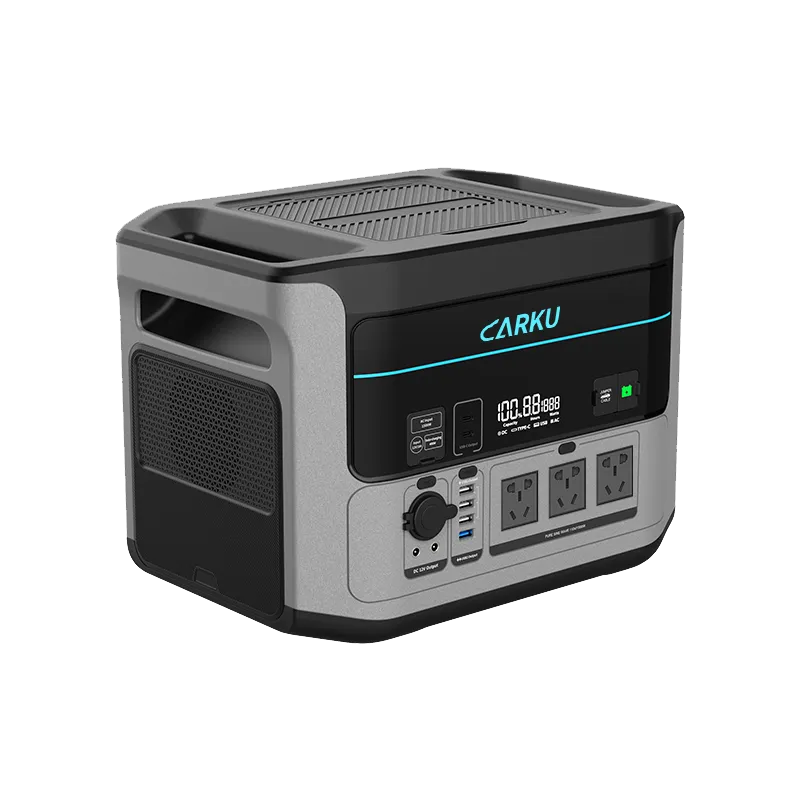
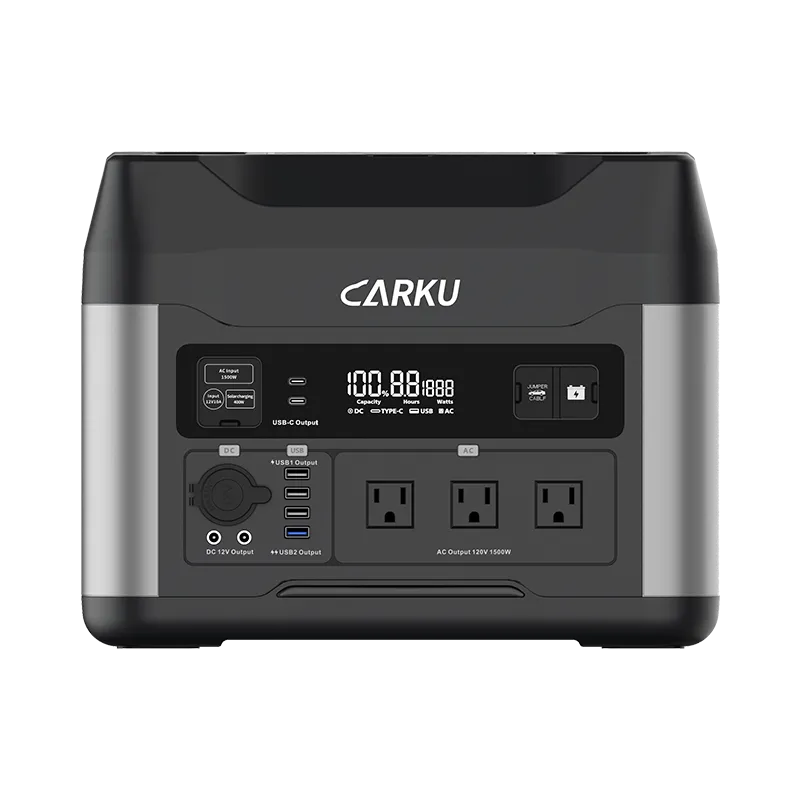
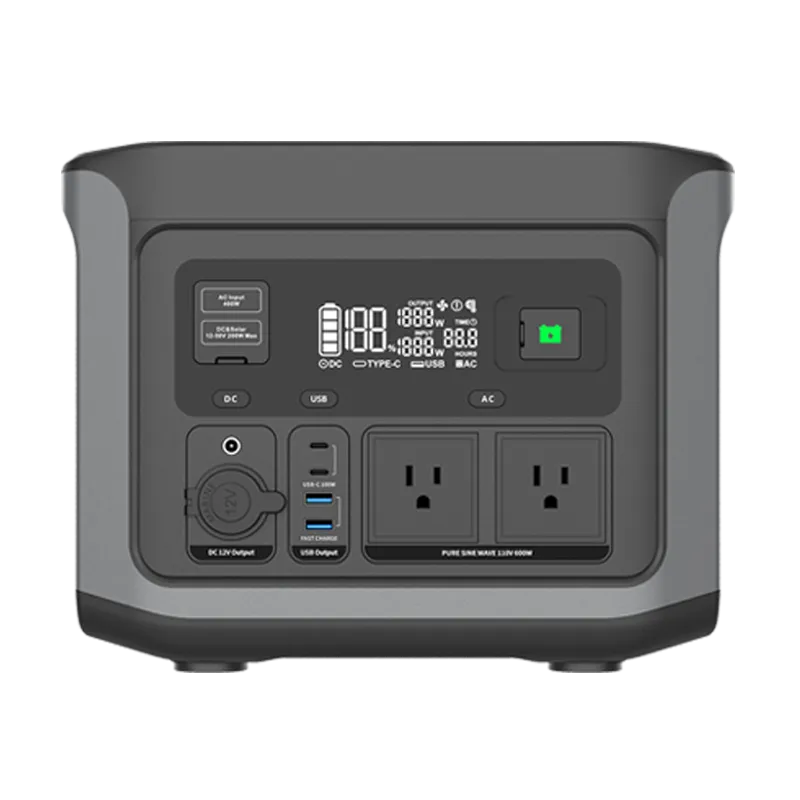
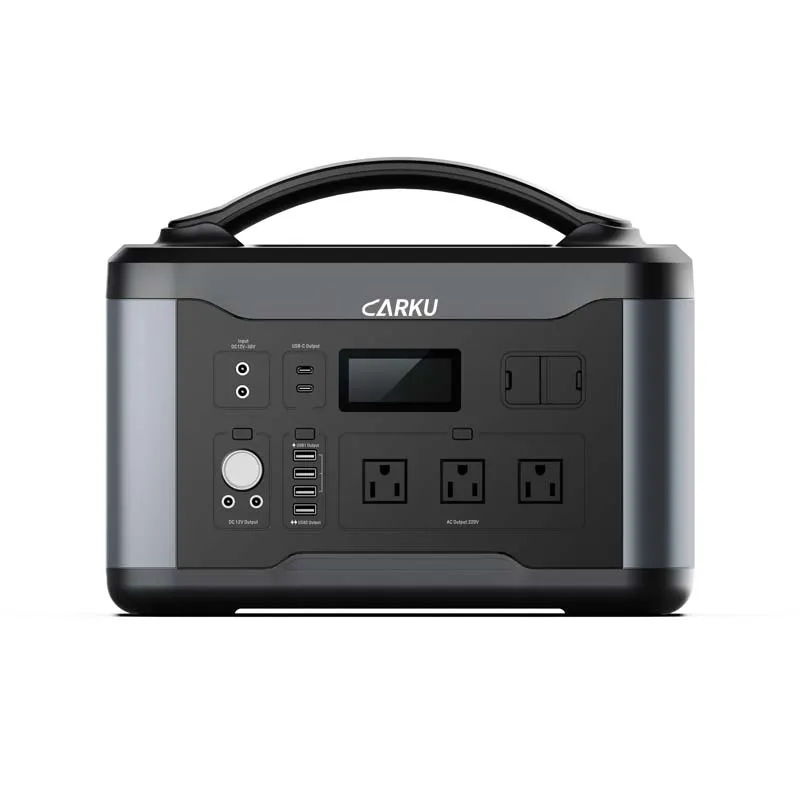
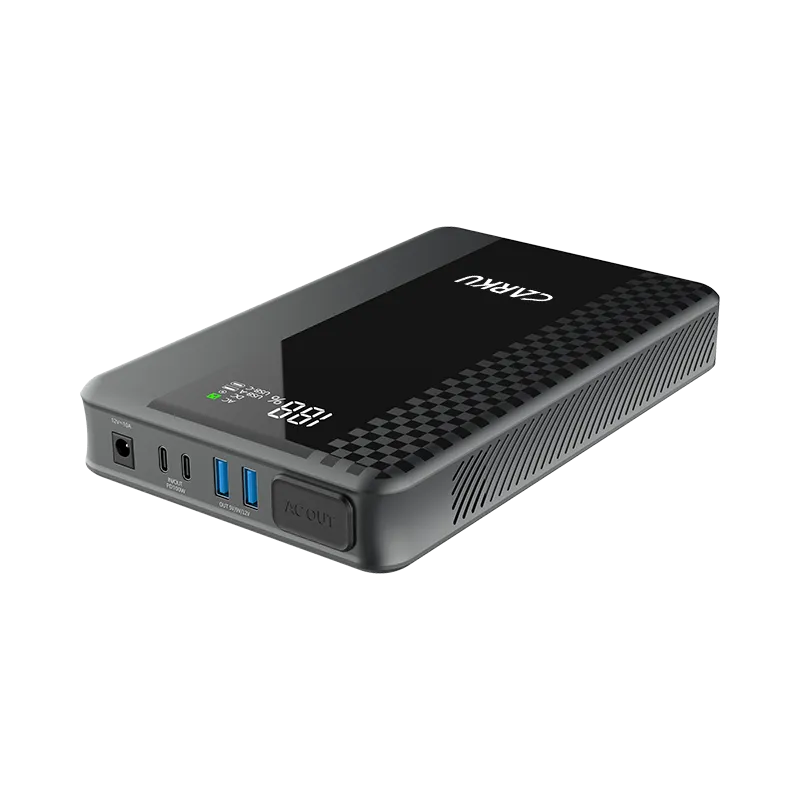
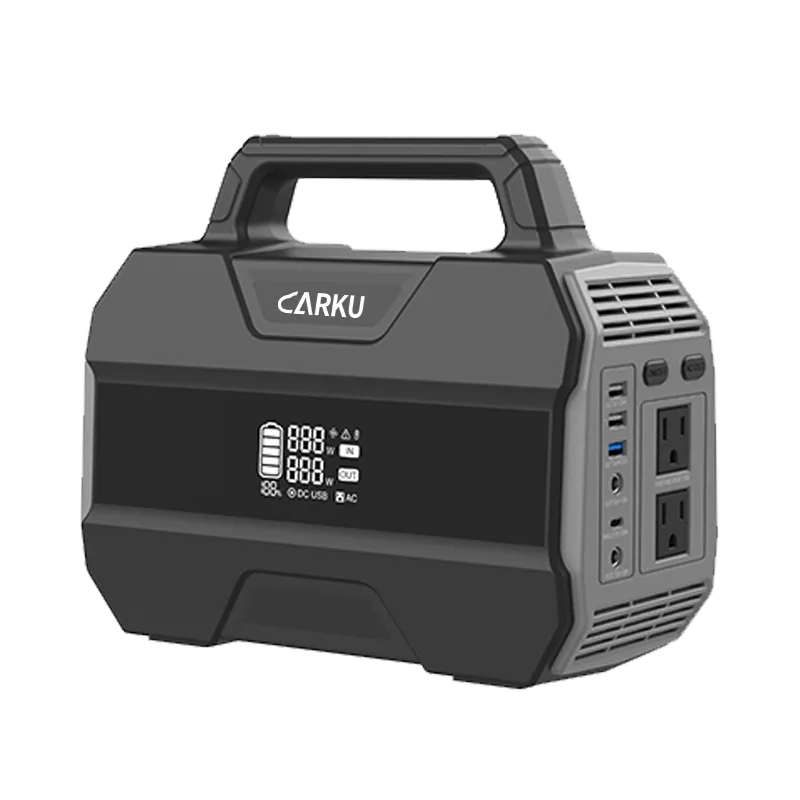
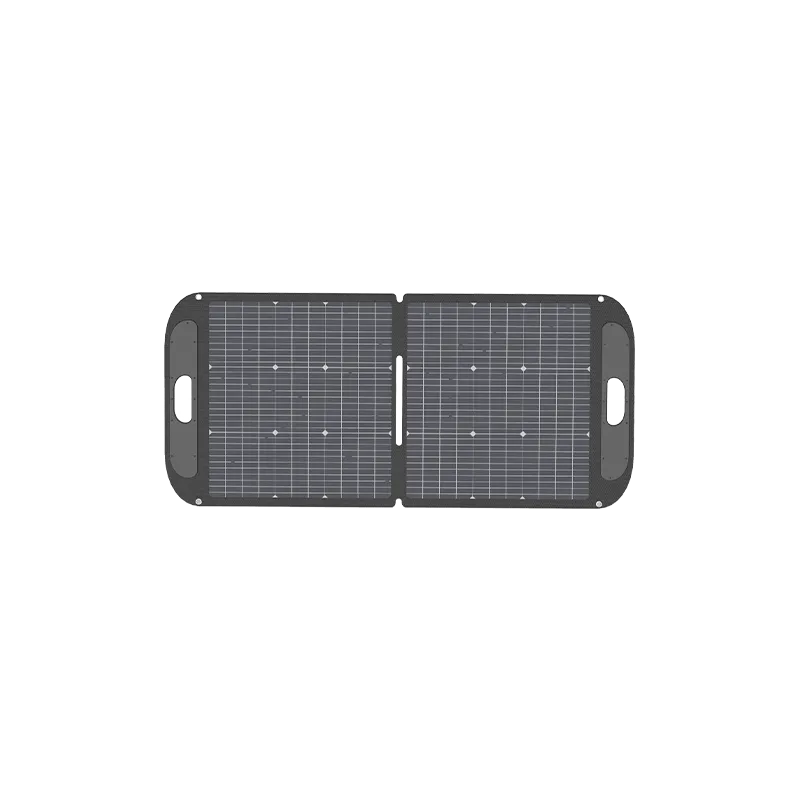
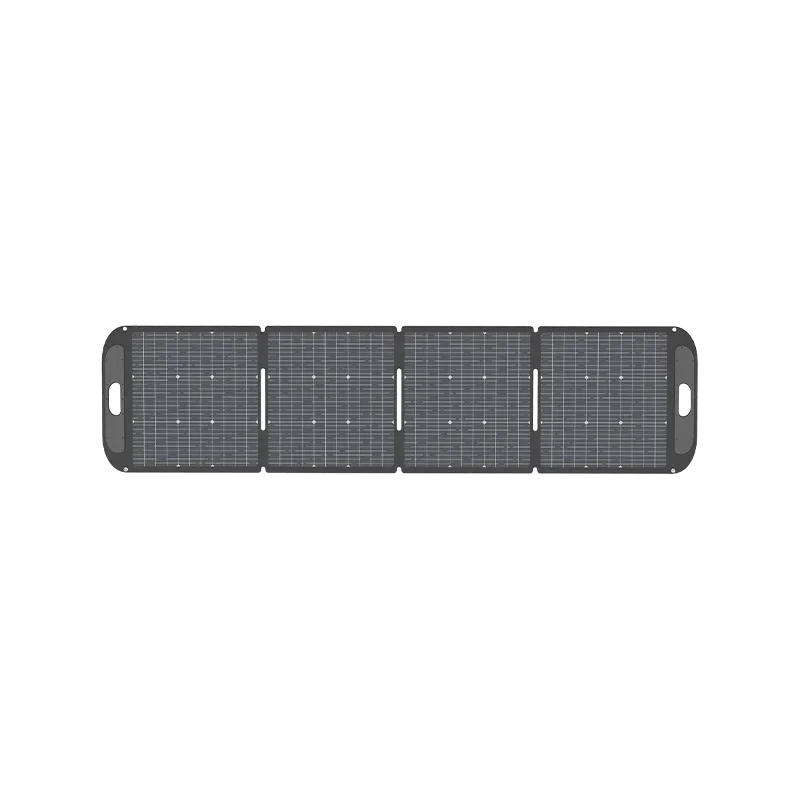
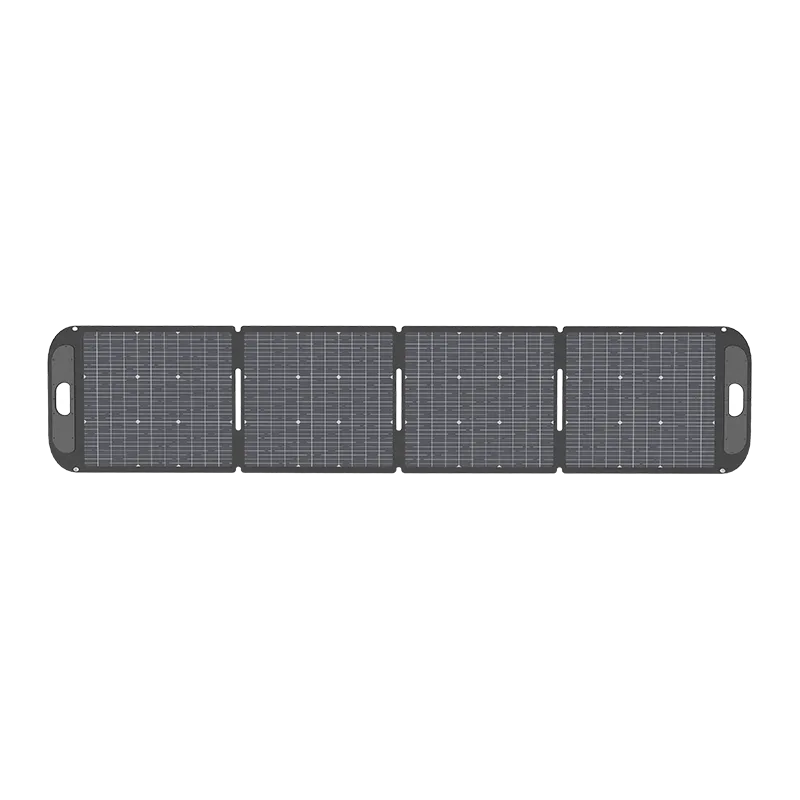
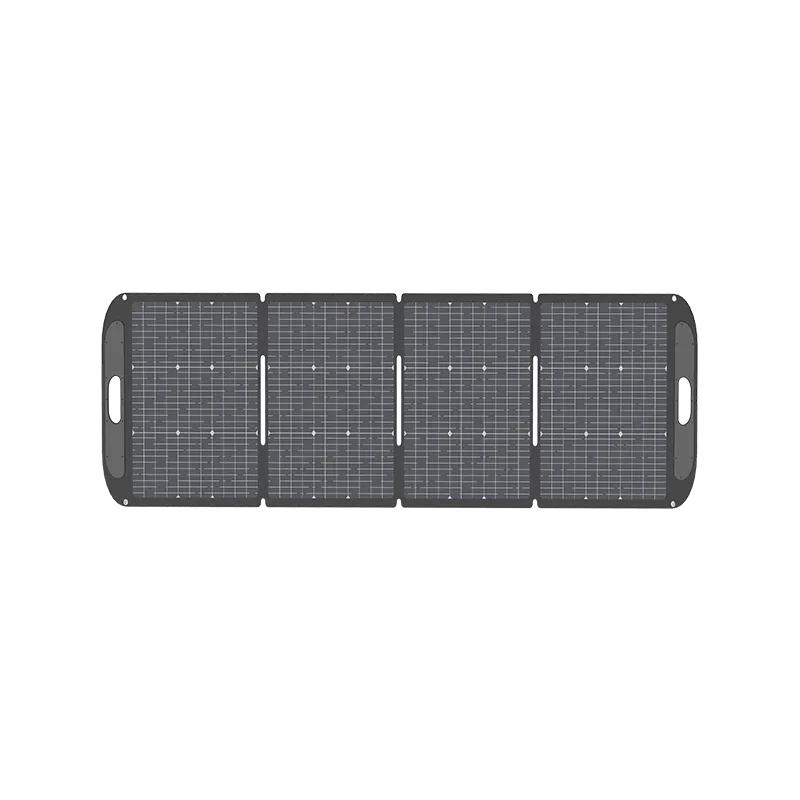
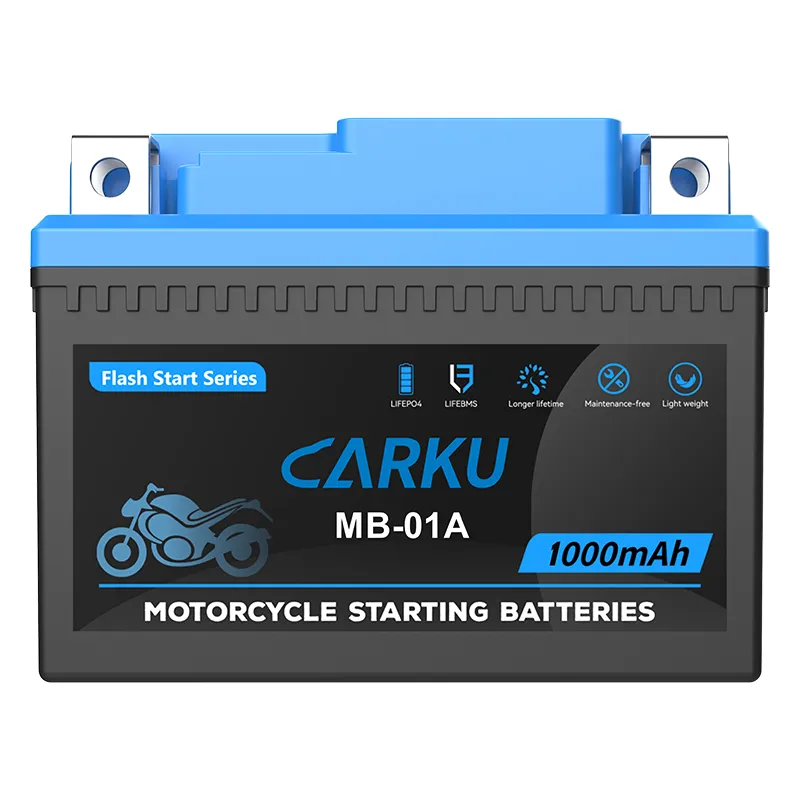
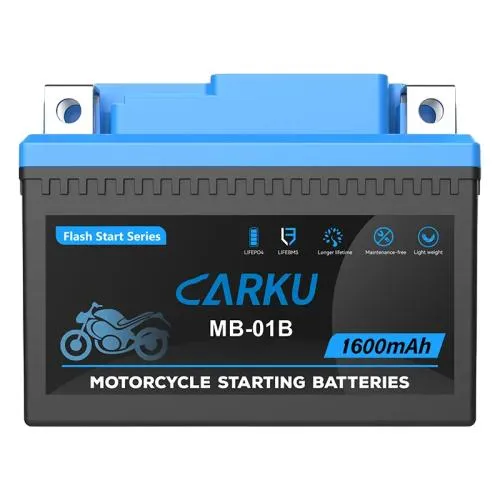
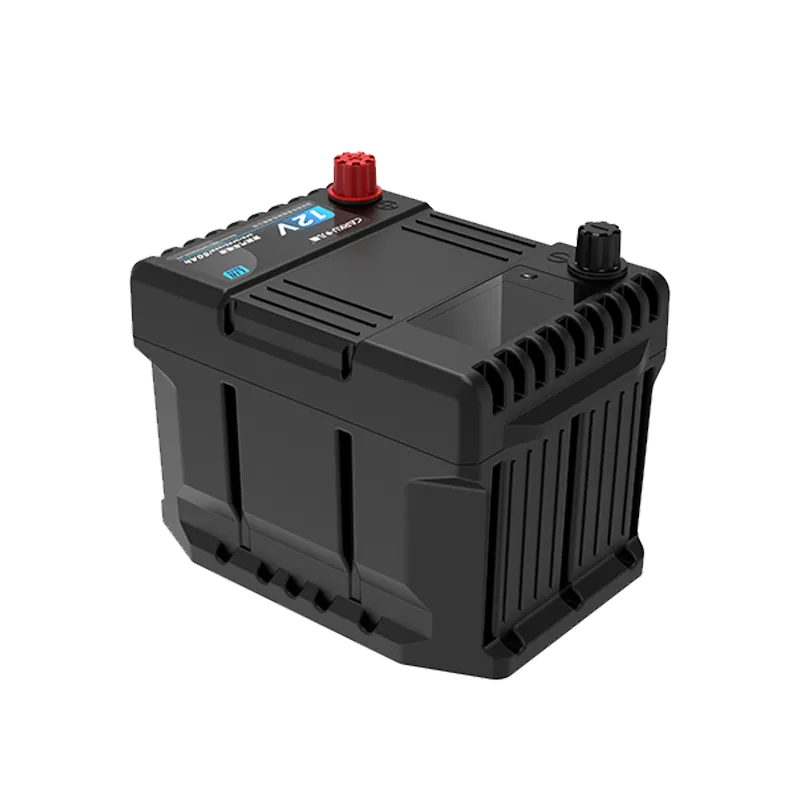
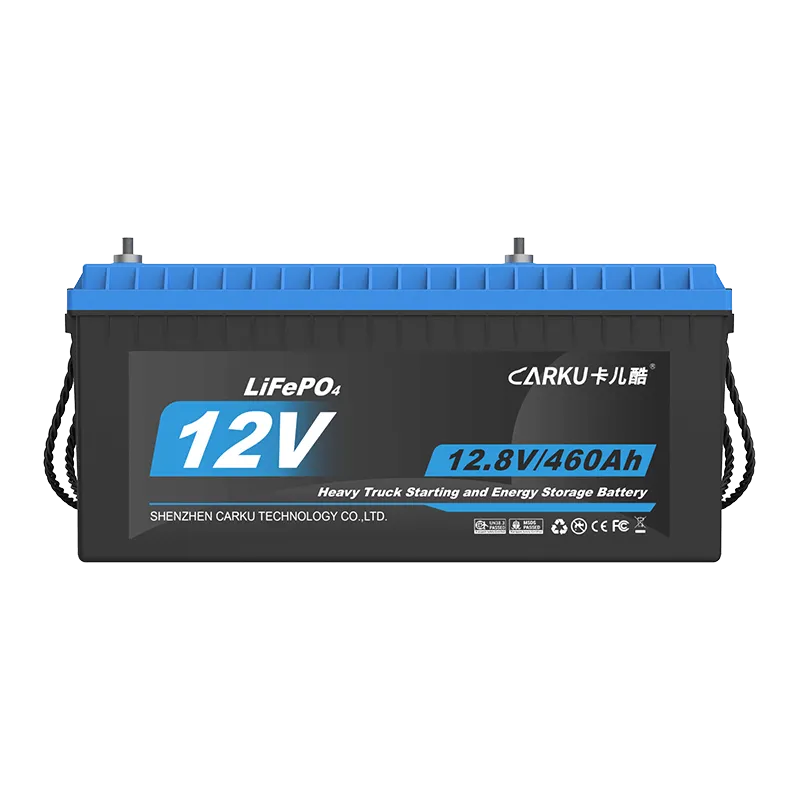
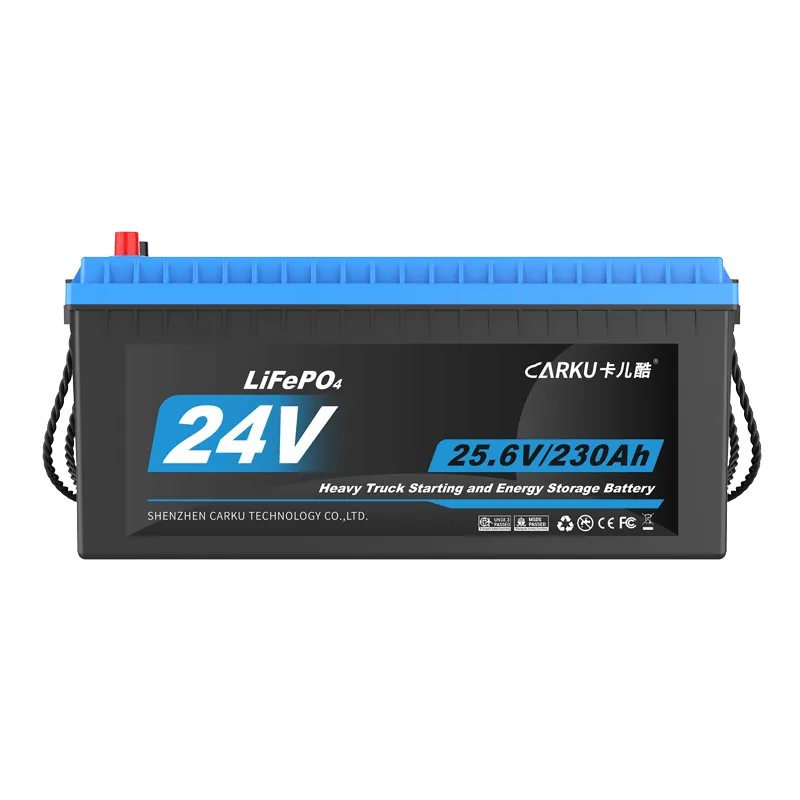
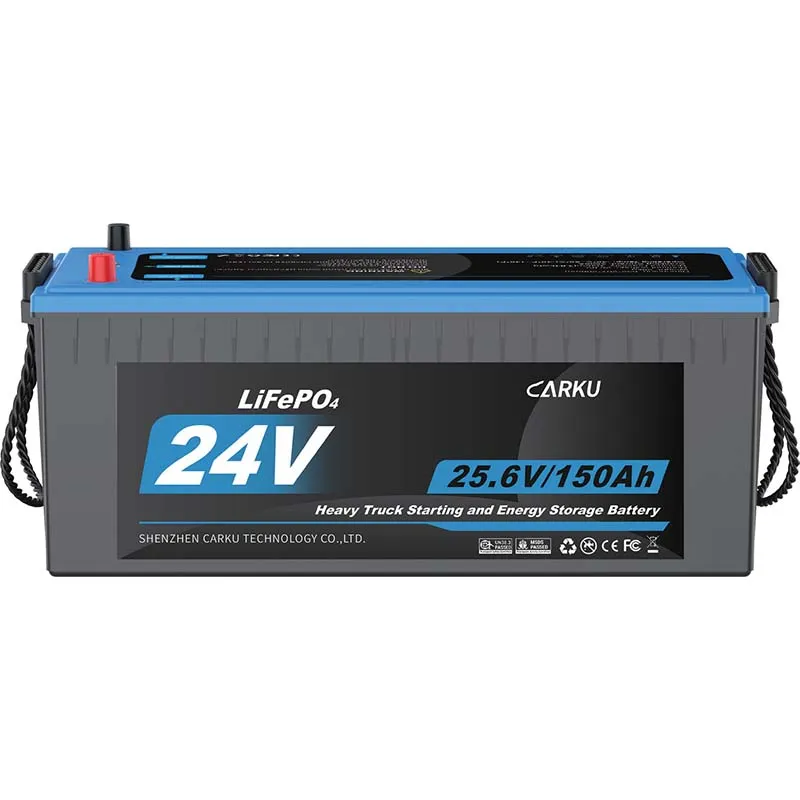
 Jump Starter ODM/OEM Solutions
Jump Starter ODM/OEM Solutions Portable Power Station ODM/OEM Solutions
Portable Power Station ODM/OEM Solutions Starting Battery ODM/OEM Solutions
Starting Battery ODM/OEM Solutions ABOUT CARKU
ABOUT CARKU STRENGTH FACTORY
STRENGTH FACTORY THE DEVELOPMENT HISTORY OF CARKU
THE DEVELOPMENT HISTORY OF CARKU CORE COMPETITIVENESS
CORE COMPETITIVENESS COMPANY CULTURE
COMPANY CULTURE QUALIFICATION
QUALIFICATION
 CARKU News
CARKU News CARKU Exhibitions
CARKU Exhibitions CARKU Battery Applications
CARKU Battery Applications


